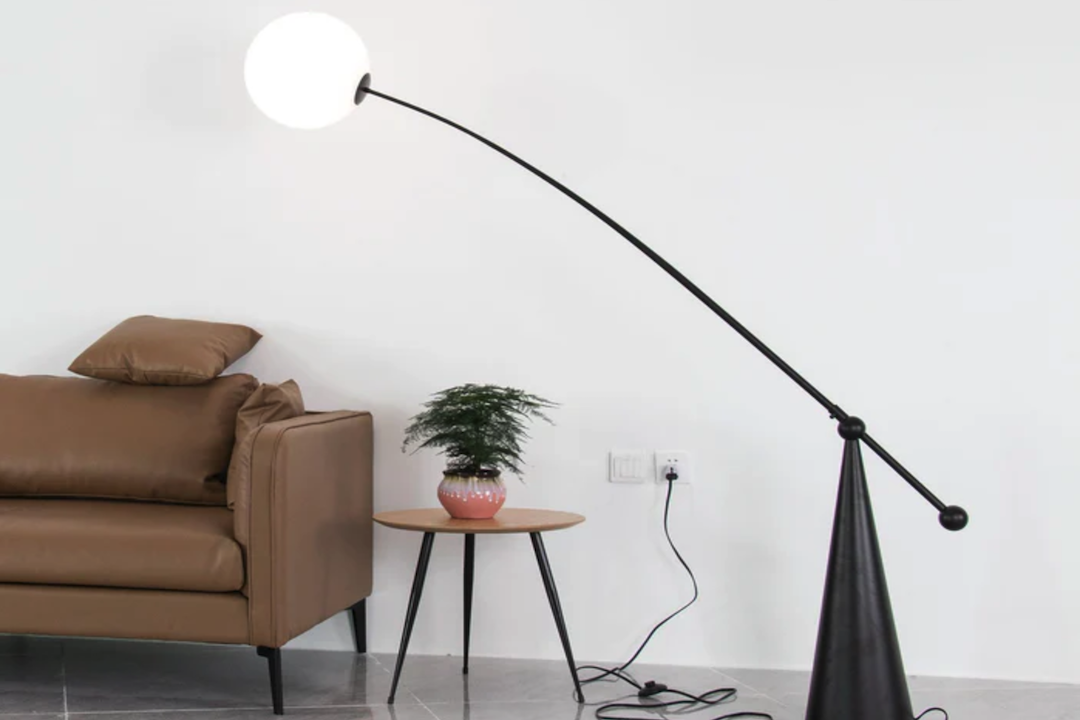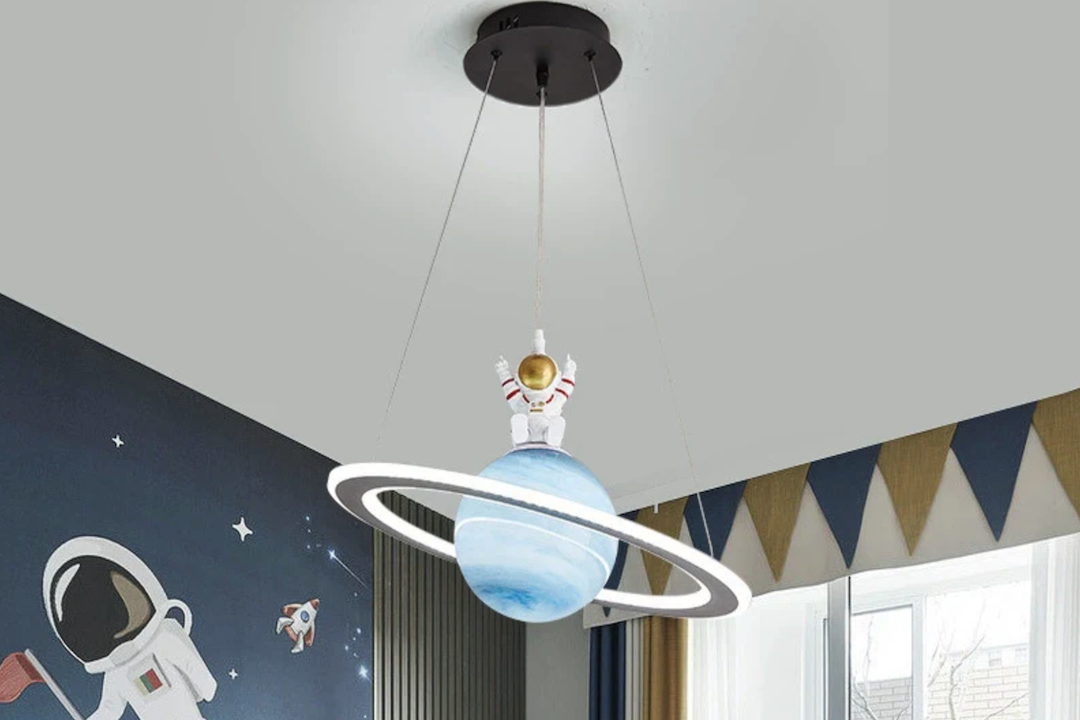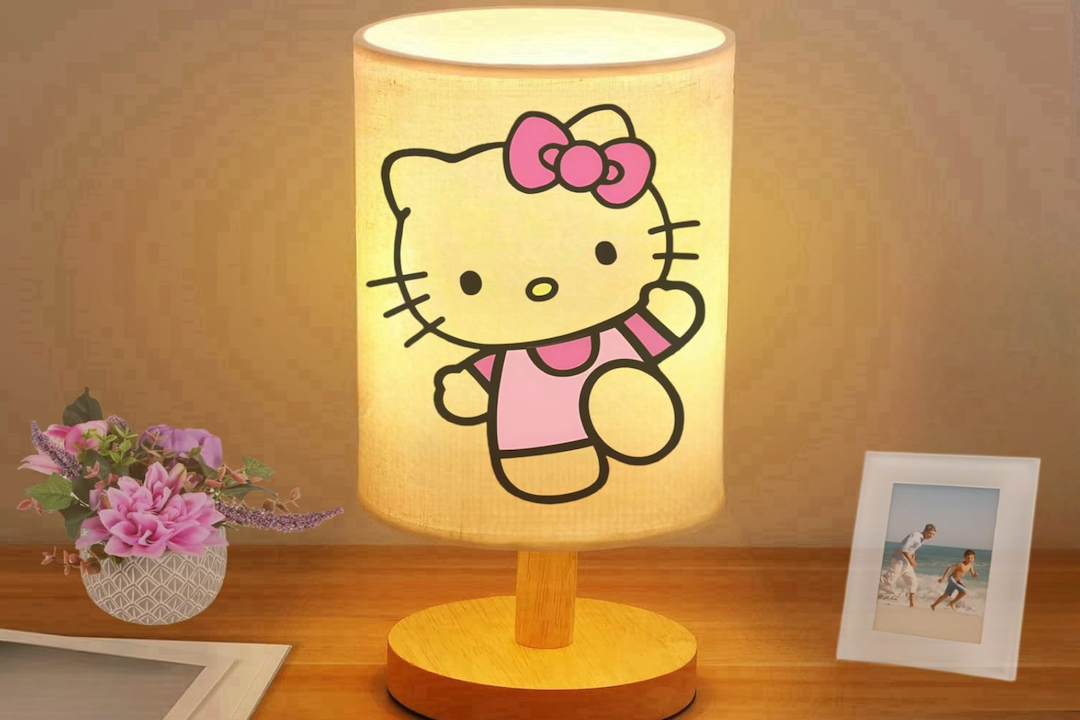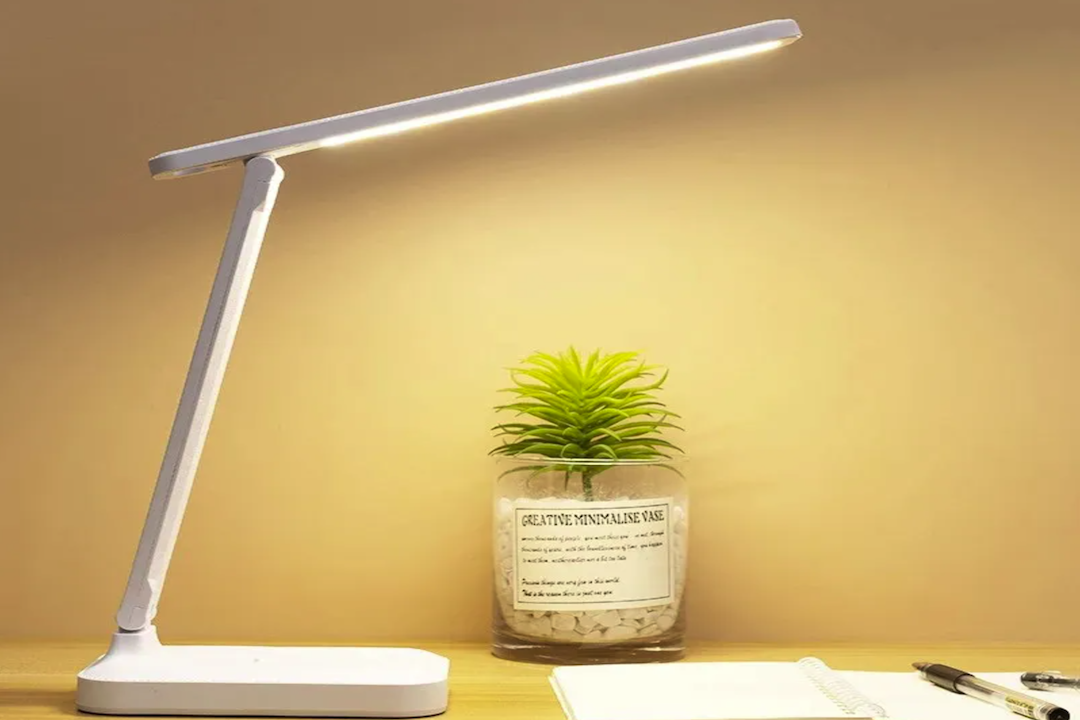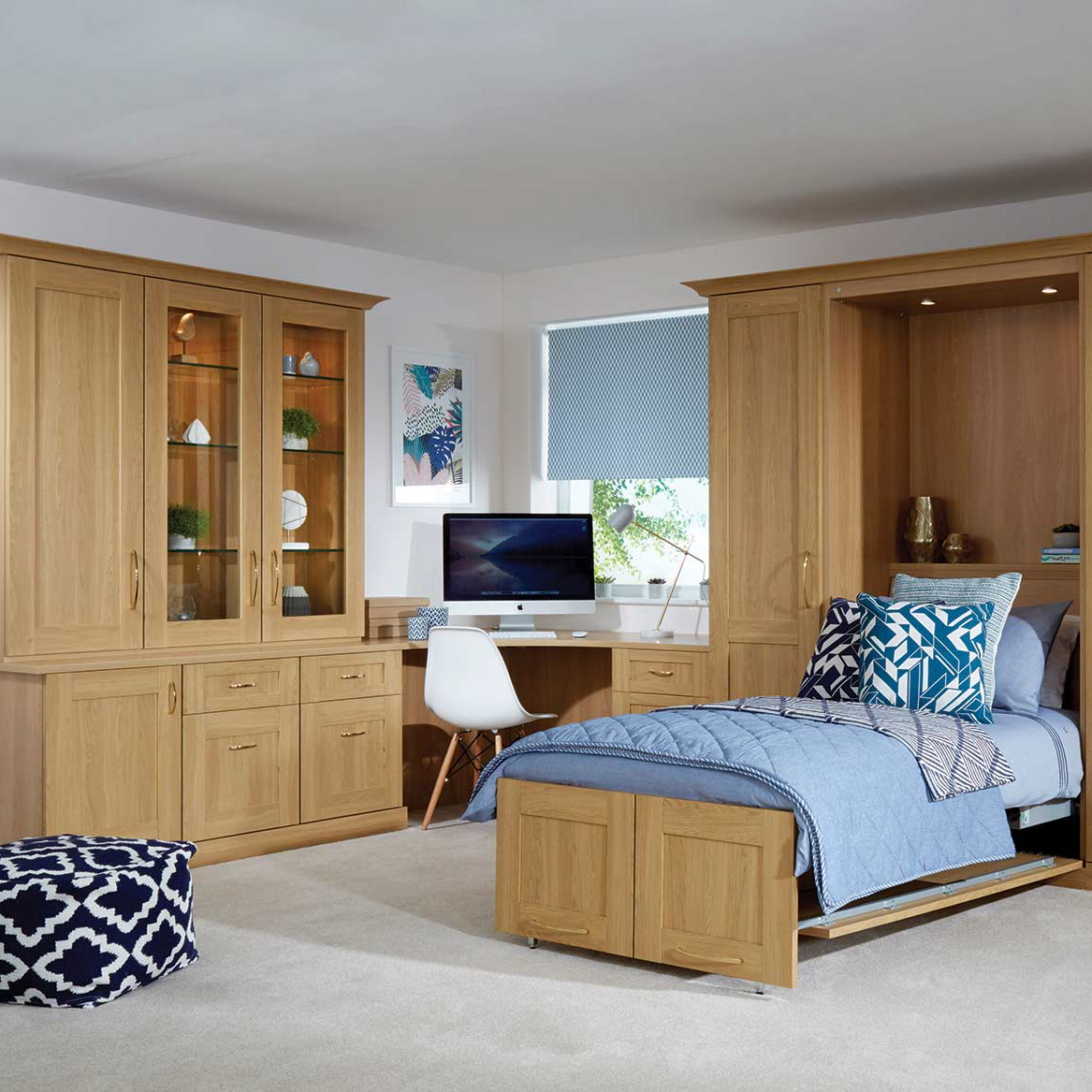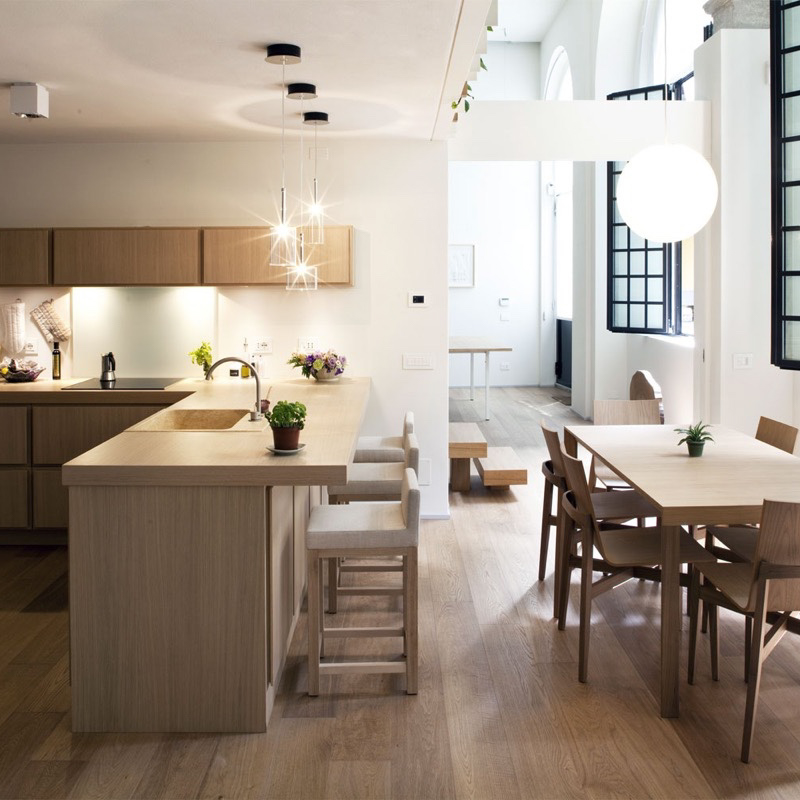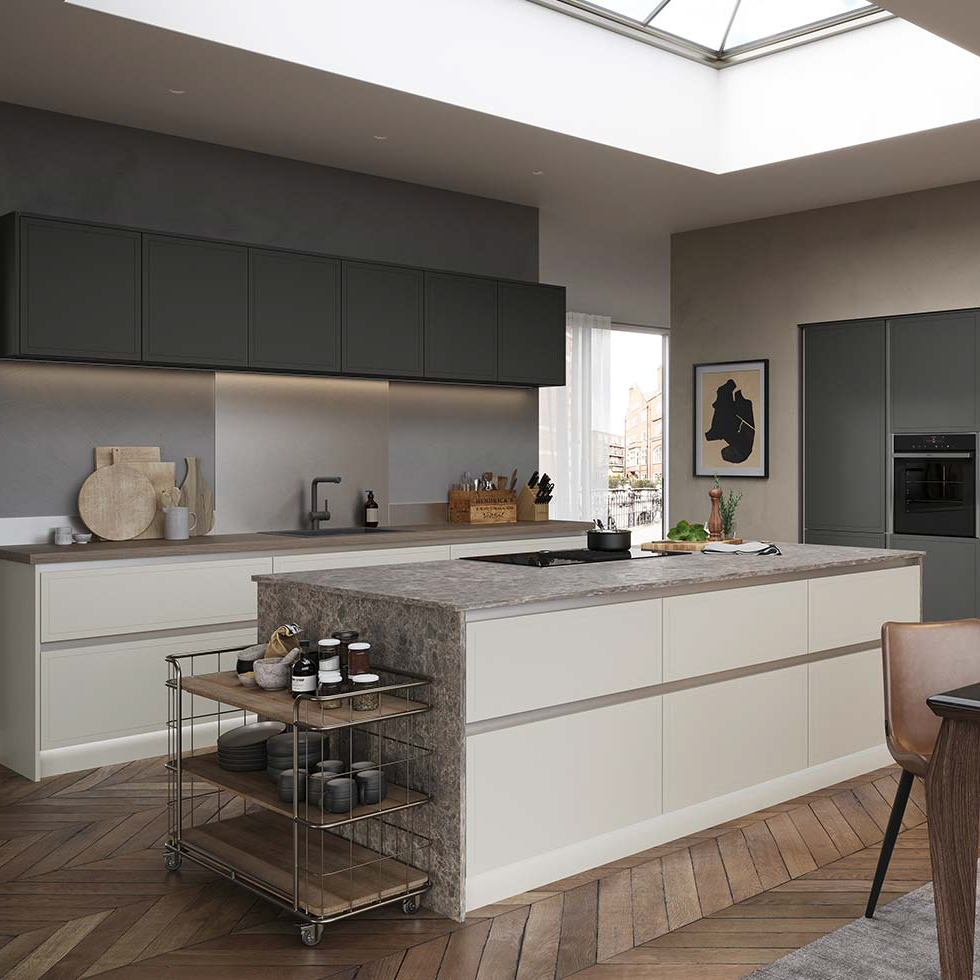In today’s digital age, children are spending more time than ever engaged in activities that require focused vision, such as reading, homework, and using electronic devices. A safe desk lamp plays a crucial role in this context, as it directly impacts the quality of light that reaches their eyes. Proper lighting can help reduce eye strain, enhance concentration, and create a conducive environment for learning.
When children are exposed to inadequate or harsh lighting, they may experience discomfort, fatigue, and even long-term vision problems. Therefore, investing in a safe desk lamp Nepten is not merely a matter of aesthetics; it is an essential component of their overall eye health. Moreover, the right desk lamp can foster a positive attitude towards studying and reading.
A well-lit workspace encourages children to engage more deeply with their tasks, making them less likely to become distracted or fatigued. This is particularly important during critical developmental years when their visual systems are still maturing. By providing a safe and comfortable lighting environment, parents can help cultivate good study habits and promote a lifelong love of learning.
Thus, the importance of a safe desk lamp extends beyond immediate comfort; it lays the groundwork for healthy visual habits that can last a lifetime.
How to Choose the Right Desk Lamp for Your Child
Illumination and Glare
The lamp should provide adequate illumination without causing glare or harsh shadows. A lamp with adjustable brightness settings can be particularly beneficial, allowing you to tailor the light intensity to different tasks and times of day. For instance, brighter light may be necessary for detailed work like drawing or writing, while softer light might be more appropriate for reading before bedtime.
Design and Height
Another critical factor is the lamp’s design and height. A desk lamp should be adjustable in height and angle to ensure that the light source can be directed precisely where it is needed. This flexibility helps minimize eye strain by allowing children to maintain a comfortable posture while working.
Stability and Safety
Additionally, consider the lamp’s stability; a sturdy base will prevent it from tipping over easily, which is especially important in households with younger children who may be prone to accidents. Ultimately, the right desk lamp should combine functionality with safety features to create an optimal learning environment.
Understanding the Risks of Harmful Light for Children’s Eyes
The risks associated with harmful light exposure are particularly pronounced for children, whose eyes are still developing and more susceptible to damage. Blue light emitted from screens and certain types of artificial lighting can disrupt sleep patterns and contribute to digital eye strain. Symptoms of digital eye strain include dryness, irritation, blurred vision, and headaches.
Children who spend extended periods under harsh lighting conditions may also experience discomfort that can detract from their ability to focus on tasks. Furthermore, prolonged exposure to inadequate lighting can lead to long-term vision issues such as myopia (nearsightedness). Studies have shown that children who spend more time indoors under artificial lighting are at a higher risk of developing myopia compared to those who engage in outdoor activities with natural light exposure.
This highlights the importance of not only choosing the right desk lamp but also ensuring that children have opportunities for outdoor play and exposure to natural light throughout the day. Understanding these risks empowers parents to make informed decisions about their children’s lighting environments.
Tips for Properly Positioning a Desk Lamp to Protect Your Child’s Eyes
Proper positioning of a desk lamp is essential for maximizing its benefits while minimizing potential risks to your child’s eyes. Ideally, the lamp should be placed on the opposite side of your child’s dominant hand to reduce shadows when they are writing or drawing. For right-handed children, this means placing the lamp on the left side and vice versa for left-handed children.
This simple adjustment can significantly enhance visibility and comfort during tasks that require focused attention. Additionally, the height of the lamp should be adjusted so that the light source is directed at the work surface without causing glare or direct light into your child’s eyes. A good rule of thumb is to position the lamp so that it illuminates the area from above and slightly in front of your child.
This setup not only provides adequate lighting but also encourages proper posture by preventing them from leaning too far forward or squinting at their work. Regularly reassessing the lamp’s position as your child grows can ensure that it continues to meet their needs effectively.
Features to Look for in a Safe Desk Lamp for Children
When searching for a safe desk lamp for children, several key features should be prioritized to ensure both safety and functionality. First, consider lamps with LED bulbs, which are known for their energy efficiency and longevity compared to traditional incandescent bulbs. LED lights emit less heat, reducing the risk of burns or accidents if touched by curious little hands.
Additionally, many LED lamps come with adjustable color temperatures, allowing you to switch between warm and cool light depending on the time of day or specific task. Another important feature is built-in safety mechanisms such as automatic shut-off timers or touch-sensitive controls. These features not only enhance convenience but also add an extra layer of safety by preventing overheating or accidental burns.
Furthermore, look for lamps with flexible necks or adjustable arms that allow you to direct light precisely where it is needed without compromising stability. By focusing on these features, you can select a desk lamp that not only meets your child’s lighting needs but also prioritizes their safety.
The Best Types of Bulbs for Children’s Desk Lamps
Energy Efficiency and Brightness
The type of bulb used in a desk lamp significantly impacts the quality of light it emits. LED bulbs are often considered the best option for children’s desk lamps due to their numerous advantages. They provide bright illumination while consuming less energy than traditional incandescent or fluorescent bulbs.
Longer Lifespan and Versatility
Moreover, LED bulbs have a longer lifespan, which means fewer replacements and less waste over time. Another benefit of LED bulbs is their ability to produce different color temperatures, ranging from warm white to cool daylight. Warm white light (around 2700K) creates a cozy atmosphere ideal for reading or relaxing, while cool daylight (around 5000K) mimics natural sunlight and is excellent for tasks requiring focus and concentration.
Adaptability and Additional Features
This versatility allows parents to adjust the lighting according to their child’s activities throughout the day. Additionally, some LED bulbs come with built-in features such as dimming capabilities or color-changing options, further enhancing their adaptability for various tasks.
Creating a Healthy Study Environment for Your Child with the Right Lighting
Creating a healthy study environment goes beyond simply providing adequate lighting; it involves considering various elements that contribute to overall well-being and productivity. In addition to selecting a safe desk lamp, ensure that your child’s study area is free from clutter and distractions. A clean workspace allows them to focus better on their tasks without being sidetracked by unnecessary items.
Incorporating natural light into your child’s study environment is also beneficial. Whenever possible, position their desk near a window where they can benefit from daylight during study sessions. Natural light has been shown to improve mood and cognitive function, making it an invaluable resource for learning.
However, it’s essential to balance natural light with artificial lighting options like desk lamps to ensure consistent illumination throughout the day and evening hours.
Other Ways to Protect Your Child’s Eyes While Using a Desk Lamp
In addition to selecting an appropriate desk lamp and positioning it correctly, there are several other strategies parents can employ to protect their child’s eyes during study sessions. Encouraging regular breaks is one effective method; following the 20-20-20 rule can help alleviate eye strain caused by prolonged screen time or focused work. This rule suggests that every 20 minutes, children should take a 20-second break and look at something 20 feet away to give their eyes a chance to relax.
Furthermore, teaching children about proper posture while studying can significantly impact their eye health. Encourage them to sit up straight with their feet flat on the floor and their eyes at least 20 inches away from their work surface. This distance helps reduce strain on both their eyes and neck muscles.
Additionally, consider incorporating anti-reflective coatings on glasses if your child wears them; these coatings can help minimize glare from screens and artificial lighting. By combining these strategies with a safe desk lamp and proper positioning techniques, parents can create an environment that supports their child’s visual health while fostering effective study habits.


